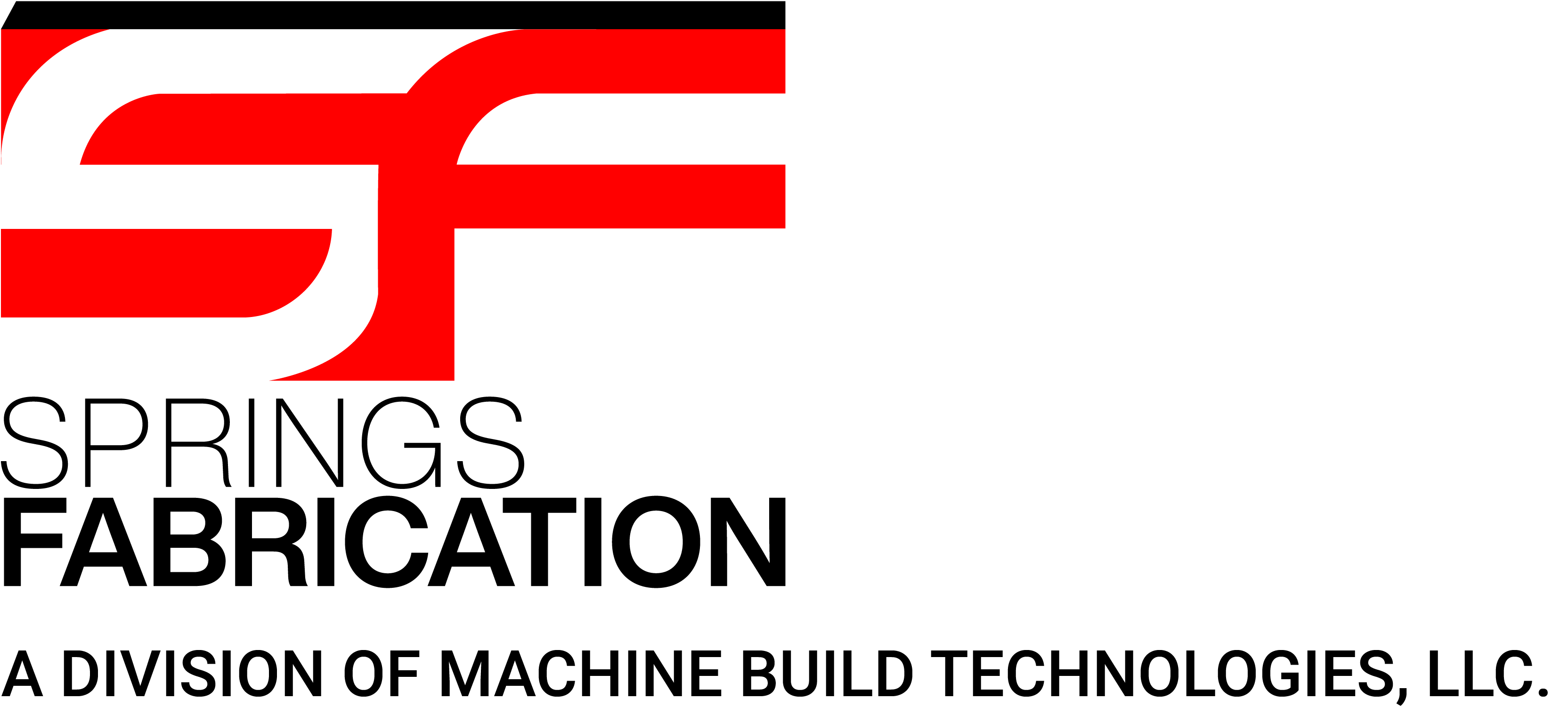Skidded Systems Fabrication: Streamlining Efficiency and Functionality
In the world of engineering and industrial processes, the quest for efficiency, reliability, and ease of installation has led to the development of various innovative techniques. One such technique that has gained prominence in recent years is skidded systems fabrication. This method, characterized by its modular approach to building complex systems, has revolutionized the way industries design, construct, and implement various systems, offering a host of benefits in terms of efficiency, cost-effectiveness, and adaptability.
Understanding Skidded Systems Fabrication
At its core, skidded systems fabrication involves the assembly of various interconnected components and subsystems onto a single, compact platform known as a "skid." This pre-engineered approach enables the integration of multiple functions and processes into a self-contained unit that can be easily transported, installed, and maintained. These skids, often resembling compact industrial modules, can range from small equipment assemblies to complete process units, such as chemical reactors, pumping stations, power distribution units, and more.
The Advantages of Skidded Systems Fabrication
- Streamlined Efficiency: Skidded systems fabrication promotes efficiency by minimizing the time spent on site for installation and commissioning. Since much of the assembly and testing is done off-site, potential disruptions to ongoing operations are significantly reduced.
- Quality Assurance: Components and subsystems integrated into skidded systems undergo rigorous testing in controlled environments before they are assembled. This helps ensure a higher level of quality and reliability in the final product, leading to reduced downtime and maintenance needs.
- Cost-Effectiveness: Skidded systems fabrication often leads to cost savings due to reduced labor requirements, shorter construction timelines, and decreased downtime during installation. Additionally, economies of scale can be achieved through standardized manufacturing processes.
- Flexibility and Scalability: Skidded systems are designed to be modular, allowing for easy expansion or modification as process requirements change. This adaptability makes them an attractive choice for industries with evolving needs.
- Enhanced Safety: The pre-assembled nature of skidded systems minimizes potential safety risks associated with on-site construction, as workers are exposed to fewer hazards during installation.
- Environmental Impact: The controlled manufacturing environment of skidded systems fabrication reduces waste and optimizes resource usage, contributing to a more sustainable approach to industrial processes.
Applications of Skidded Systems Fabrication
Skidded systems fabrication finds applications across a wide range of industries, including:
- Oil and Gas: Skidded systems are used for various processes in the oil and gas sector, such as wellhead control, gas compression, and chemical injection.
- Chemical Processing: Industries involved in chemical production benefit from skidded systems for tasks like blending, reaction control, and distillation.
- Pharmaceuticals: Skidded systems play a crucial role in pharmaceutical manufacturing, ensuring the precise control of reactions, separation processes, and purification.
- Water and Wastewater Treatment: Skidded systems are employed in water treatment plants for processes like disinfection, filtration, and chemical dosing.
- Power Generation: In power plants, skidded systems are used for auxiliary processes like water treatment, fuel conditioning, and emissions control.
The Importance of Skidded Systems Fabrication
The adoption of skidded systems fabrication underscores the importance of innovation in industrial processes. It addresses key challenges faced by industries today, such as the need for rapid deployment, cost control, and adaptability to changing demands. By integrating complex functions into modular units, skidded systems fabrication enhances operational efficiency, reduces risks, and paves the way for more sustainable and reliable industrial practices.
In conclusion, skidded systems fabrication has emerged as a transformative technique in modern engineering and industrial processes. Its ability to combine efficiency, quality, adaptability, and cost-effectiveness positions it as a cornerstone of innovation, driving industries toward a future characterized by streamlined processes and enhanced functionality.
